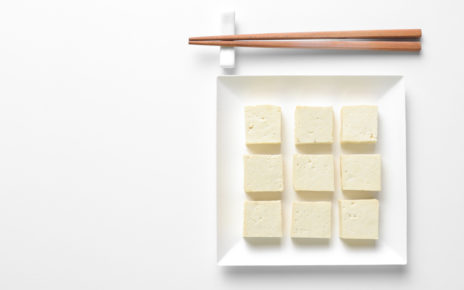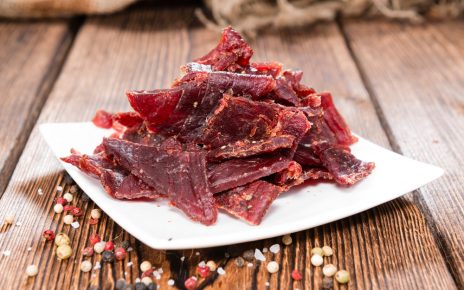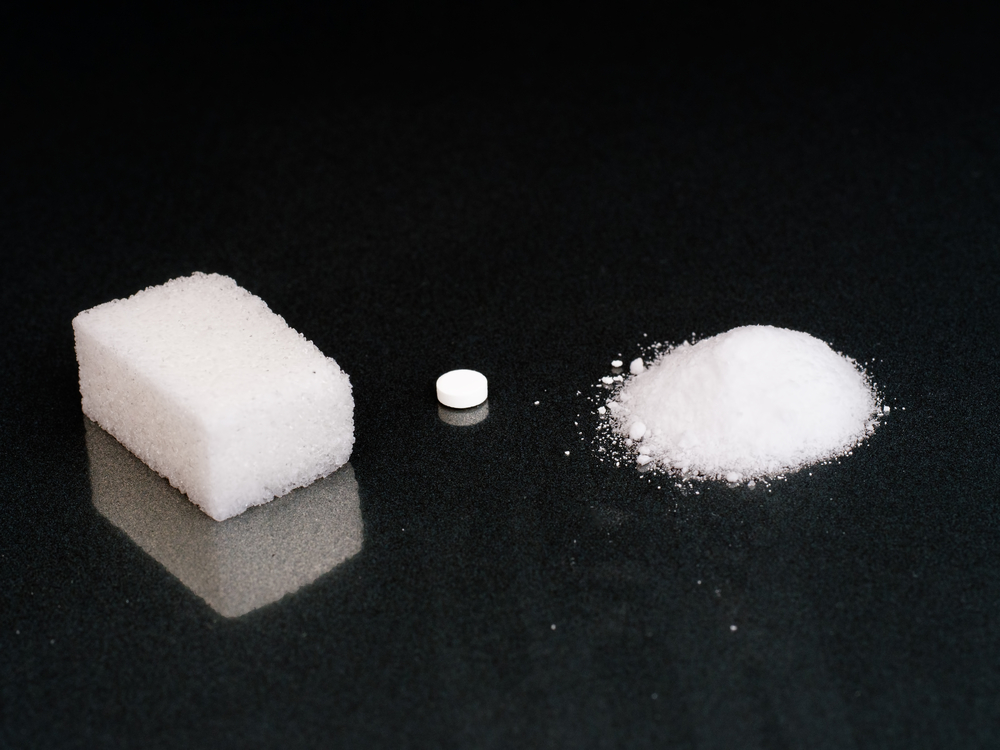A keto rash might be the last thing you expect when starting the ketogenic diet. However, it is important that you realize some of what you may run into and be prepared to deal with it in such an event.
Many unpleasant side effects may come up when one starts the keto diet. Symptoms of these side effects occur as the body adjusts to the diet. One of these side effects is the keto rash. Although rare, the rash is becoming more common as more and more people choose to follow the keto diet. Indeed, when it occurs, it can seriously inconvenience the individual, but there is really no need to panic. Unlike other keto-related side effects that are easy to remedy, many keto-dieters express a great deal of concern when the keto rash appears.
Side effects of the keto diet occur when the diet is implemented poorly. Some common side effects of the keto diet include bad breath, increased ketones in urine, suppression of appetite, fatigue, and digestive issues. The keto flu and withdrawal symptoms may also be experienced initially when the keto diet is first started. This article discusses everything about the uncommon keto rash, including why it happens, what causes it and the best way to treat it.
What is Keto Rash?
The keto rash is medically known as prurigo pigmentosa. It is a condition where the skin is inflamed and is characterized by a red itchy rash. It usually occurs around the neck and the trunk. It may also be seen on the chest, upper back, and on the abdomen. The color of the rash may also vary from red to light pink to brown. The color change is usually dependent on the stage of the rash.
In appearance, the keto rash is similar to eczema and forms a symmetrical pattern on the body. Exposing the rash to friction, heat, and moisture can worsen the rash. There are four main stages of the keto rash as described by one research study. In the first stage, the rash may be dismissed as just a temporary rash. It usually resembles scratch marks, and the skin is slightly raised and pink. By the second stage, papules or red lesions develop and cause discomfort.
The last two stages are when the rash begin to disappear. It usually starts receding, and the papules become scaly. A net-like pattern of dark spots appears and can remain for a long time even after the rash is healed. The keto rash is not considered life-threatening, but it can be very itchy. The only good aspect of the rash is that it can be prevented and treated.
What Causes the Keto Rash?
The exact mechanism of development or cause of the keto rash is not known. There are, however, various factors that are believed to be possible causes of the keto rash. These factors include high blood sugar, ketonemia, mechanical irritation, and dietary changes. Allergens, alteration in gut biome and deficiency in nutrients are also causes of the keto rash.
High blood sugar: Uncontrolled blood glucose levels in patients with diabetes may be a cause of the keto rash. In one study conducted, symptoms of the rash improved with improvement in blood glucose level. This suggests that blood sugar control may directly affect the progression of the keto rash.
Ketonemia: This is a condition where there is an abnormally high level of ketones in the blood. When an individual engages in fasting, it depresses insulin and blood glucose level. In response to this, the body produces ketone bodies which produce the ketones used as fuel. A research study was carried out about a patient with keto rash due to ketonemia. It was observed that the rash subsided as blood glucose and ketone levels were controlled. The study concluded that ketonemia caused by diabetes mellitus could result in the manifestation.
Dietary changes: It is not clear whether the keto diet is connected with the onset of the rash. Some people have reported developing the keto rash soon after they made dietary changes. Some authorities have mentioned explicitly that a low-carb diet that results in rapid weight loss can also be responsible for the rash.
Allergens: Certain keto-friendly foods have been shown to cause allergic reactions. For example, it has been observed that some people are allergic to tree nuts. Consuming baked goods made with almond flour may thus lead to an allergic reaction. This allergic reaction may manifest in the form of a rash.
Alteration to gut biome: Any factor whether nutritional or environmental that alters the gut biome can negatively affect immune response. Systemic inflammation is one of the consequences of an altered gut biome. It can lead to skin conditions like eczema and even the keto rash.
Deficiency in nutrients: While on a low-carb diet, some foods are excluded or at least restricted. These foods may contain nutrients that are beneficial to the body. If keto-friendly alternatives are not taken, nutrient deficiency occurs. Deficiency of important nutrients can manifest as a rash.
Symptoms of the Keto Rash
As already mentioned, the rash has four stages. One of the symptoms of the first stage is a small red or pink lesion on the skin. Over time, in the later stages of the rash, it may fuse with other rashes nearby. It then forms an inflamed network of rashes. Pus-filled cysts can be seen in the fully developed stage of the rash. As it regresses, the color may become brownish and later disappear. Another symptom of the it is severe itching. The itching is usually around the site of the rash.
How to Deal
Some treatment options are available to control the development of the keto rash. It may completely heal, but hyperpigmented skin is usually left behind. The first step in the treatment of rash is to ensure that the one present is actually the keto rash. Remember that it is similar to other skin conditions like eczema and dermatitis. Speak to a health professional to get a clearer understanding of any skin rash.
Another possible treatment is to just give the rash some time. It may end up going away or healing on its own without any medical intervention. Remember that the body needs time to adapt to burning ketones for fuel. After this adaptation period, the rash may disappear on its own.
If a sudden switch to the keto diet is responsible for the rash, adjustments must be made. Reintroducing into meals, healthy carbs can bring the body out of ketosis. When the body is no longer in the ketotic state, these symptoms may also disappear. Some antibiotics can be prescribed for immediate relief. Minocycline or Doxycycline prescribed by a physician can provide such relief.



